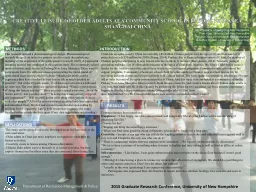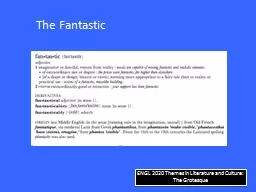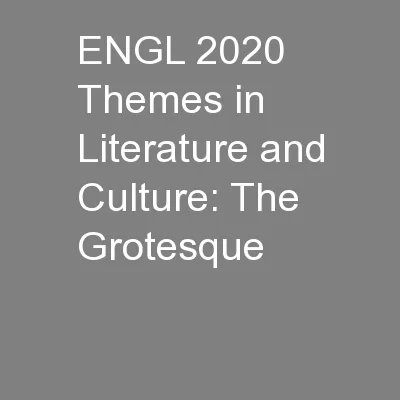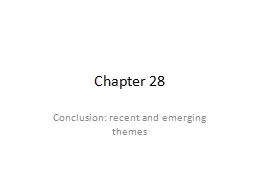PPT-Common themes from
Author : celsa-spraggs | Published Date : 2015-12-02
interviews Happiness I feel happy carefree unrestrained and completely liberal after I achieved the summit state of practicing Tai Chi I write for fun Singing
Presentation Embed Code
Download Presentation
Download Presentation The PPT/PDF document "Common themes from" is the property of its rightful owner. Permission is granted to download and print the materials on this website for personal, non-commercial use only, and to display it on your personal computer provided you do not modify the materials and that you retain all copyright notices contained in the materials. By downloading content from our website, you accept the terms of this agreement.
Common themes from: Transcript
Download Rules Of Document
"Common themes from"The content belongs to its owner. You may download and print it for personal use, without modification, and keep all copyright notices. By downloading, you agree to these terms.
Related Documents














